Boat winterization is an obligation that boat owners simply cannot ignore. Properly storing your craft during the cold season is necessary to protect the motor, hull and interior. It also financially saves you throughout the boat’s lifespan.
When boat owners fail to winterize correctly, preventable costs start to rise. That said, know the ways Extreme-Boat handles winterization for you so your boat is ready for water fun by spring.
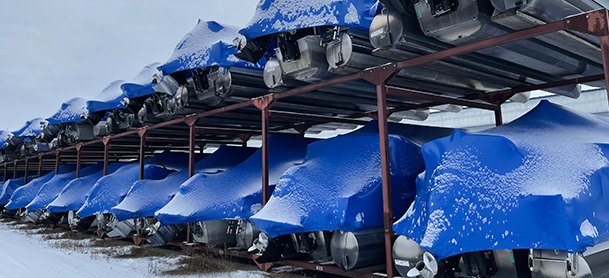
Clean Your Craft
Tidy using quality cleaners designed to tackle your boat’s various surfaces. If you’re soloing this step, start inside the cabin and work your way out. Carefully scrub topsides, nooks, and other crannies to get rid of grime buildup in often overlooked areas. Once washing and wiping down is complete, finish off your canvas with a waterproofer and a good wax. Protect your on-the-water investment by following the crucial steps below to make winterization part of your ongoing annual maintenance routine for boating success.
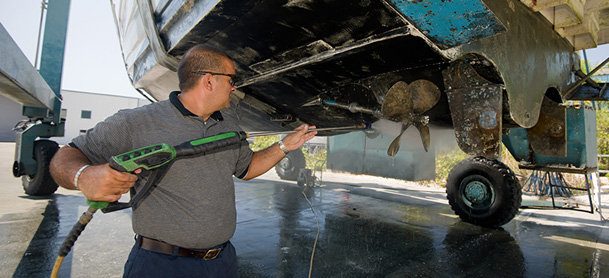
Safeguarding the Sterndrive
When you winterize a boat properly, you’re also helping to extend the life of your engine. If you're wondering how to winterize an outboard motor or inboard, you can prevent unfortunate circumstances like freeze damage by consulting with full-service professionals. They’re experts at sterndrive winterization and perform the following services:
- Engine fogging to protect against internal corrosion
- Applying non-toxic antifreeze to engines
- Stabilizing fuel
- Lubing all fittings
- Disconnecting batteries
- Conducting a multipoint inspection
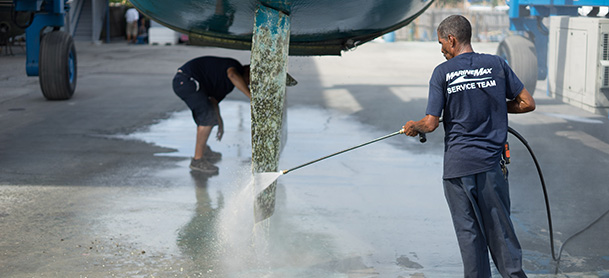
Flush Fresh Water And Waste Systems
You should remove and replace all water with antifreeze to prevent broken equipment and lines. Open every faucet and turn on the freshwater pump. Let the faucets run until each is dry, then turn off the pump. Follow industry steps to adding and flushing antifreeze down sinks and showers.
It’s also a best practice to winterize a boat’s waste system. Doing so saves you from freeze damage expenses. To start the winterization process, check to make sure the holding tank is flushed out with fresh water. After removing the raw water intake hose from the seacock, follow industry steps to adding antifreeze.
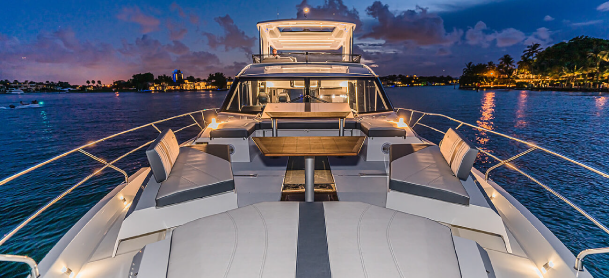
Prep The Cabin And Interior
Both mildew and mold find new homes in dormant cabins. That’s why it’s important to clear out clothes and other items considered consumable before the winter months.
You can increase your cabin’s ventilation by opening drawers, cabinets, doors and lockers. Strategically place odor control bags and dehumidifiers around the cabin to help absorb any moisture. Remember to take all batteries home to charge on wooden, not concrete surfaces.
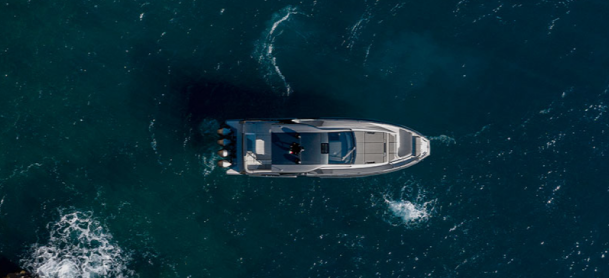
Cover The Boat
When you winterize a boat, you’re preserving the entire structure from sometimes harsh conditions. One of the final steps to ensure your boat is winter ready is by properly covering it. If you fail to provide this shelter, you’re subjecting your craft to damages like gelcoat crazing, stress cracks, premature leaks, and joints/fittings deterioration.
Smaller crafts work well with custom covers to block debris and better grapple with the elements. You want the cover to fit but not so much that air isn’t able to circulate. Support the cover with a wider tarp to provide additional protection. Going through these basic steps to winterize a boat is critical, especially if you want to return to sea without maintenance interruptions when springtime arrives.
